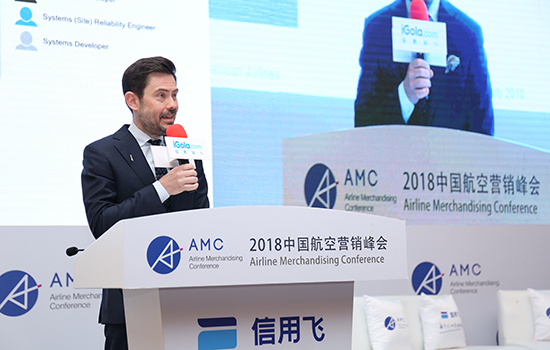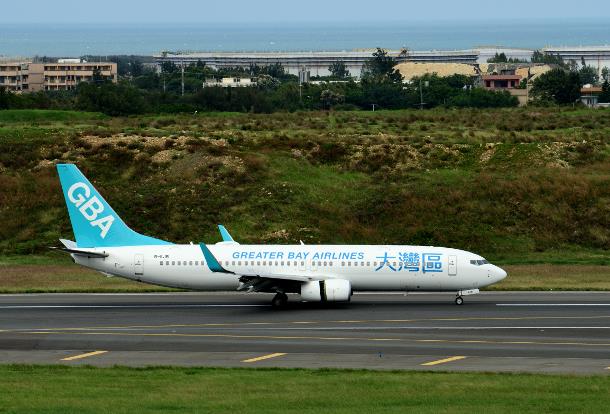ChinaTravelNews, Ritesh Gupta - Digital transformation is enabling airlines to deal with process-centric aspect of this business that over the years has restricted them to embrace customer-centricity.
Consider a specific situation where an airline needs a business solution - one that relates to unforeseen changes that tends to have an adverse impact of flying. So how can an airline transform its operations or offering that provides passengers' more choice and up-to-date information? How can this experience be streamlined to an extent that it ends up being a business solution and rather than ending in traditional silos?
American Airlines (AA) has handled this specific need of rebooking in a diligent manner, resulting from its digital transformation undertaking.
"American Airlines is today focusing on business issues (in a cohesive way), operating in `squads' rather than working them out through departments or in a traditional manner," mentioned Shane Hodges, Vice President, Asia Pacific, American Airlines during the opening session of TravelDaily's Airline Merchandising Conference in Shanghai.

Shane Hodges, Vice President, Asia Pacific, American Airlines
Today AA is increasingly abstaining from automatically assigning a new flight and seat to passengers in case there is a flight cancellation or a major delay. The way it used to work previously - the airline would rebook passengers on the next best flight and this way travellers weren't necessarily in control. In case they weren't satisfied then they had to interact with the reservation desk or visit an airport agent to evaluate other options. So to overcome such a situation, the airline has moved on to a situation where they offer passengers a choice of replacement flights through the channel of their choice. The decision to migrate key legacy customer-facing applications to the cloud was instrumental in achieving the same.
Transformation
Hodges explained that the team is continuously modernizing and reforming operations with the help of right tools and technology. The airline has ensured that its passenger-oriented applications aren't associated with monolithic coding or managed in silos. Accordingly, AA's chose to move certain vital assets/interfaces, including their website, mobile app and check-in kiosks to the cloud. These assets are now based on a cloud-native based microservices architecture. And along with this, there is an agile way of approaching the business, featuring small independent teams to work on specific business solutions. As Hodges explained, in a large-scale cloud development project, airline or businesses can organize into many separate squads or create squads with combined responsibilities.
Hodges also referred to the concept of MVP or Minimum Viable Product. "The main goal here is to cut down on the total time spent from inception to production," he said. So for a new rebooking feature in case a flight disruption, the teams at AA chose to rely on microservices, paired programming and test-oriented process. "Test-driven development requires that the test be written before writing any code, using the concept of tests as specifications. This ensures that any member of a squad can understand the code," said Hodges.
With such principles, the re-booking feature was introduced in a span of four months or so.
Hodges highlighted that AA's core digital assets - website, mobile app, self-service machines and notifications are being constantly refined to deliver the best possible passenger experience. For instance, in case of irregular operations, the airline has managed to increase delay and cancel notifications from 40% to 90% of PNRs.




